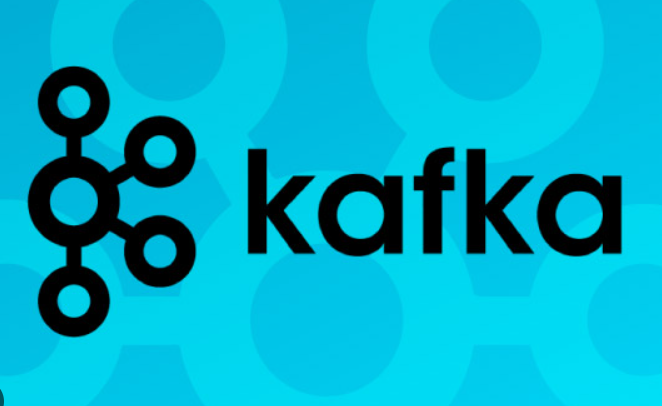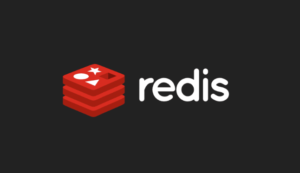Apache Kafka is a popular distributed event streaming platform that can be used to implement event-driven architecture in Java full stack applications. It provides a scalable, fault-tolerant, and high-throughput messaging system for real-time data streaming. Here’s how you can use Apache Kafka in your Java full stack application for event-driven architecture:
- Set Up Apache Kafka:
Install and configure Apache Kafka on your server or use a managed Kafka service like Confluent Cloud. Set up a Kafka cluster with one or more brokers and create topics to which events will be published. - Kafka Producer:
In your Java application, use the Kafka Producer API to send events to Kafka topics. Create a Kafka producer instance and configure the necessary properties such as the bootstrap servers, topic name, and serialization settings. Use the producer to send events to the desired Kafka topics. - Kafka Consumer:
Implement Kafka consumers in your application to receive and process events from Kafka topics. Create consumer instances and subscribe to the relevant topics. Configure the consumer properties such as the bootstrap servers, group ID, and deserialization settings. Process the received events in the consumer logic. - Event Schema and Serialization:
Define the schema for your events using a format like JSON or Avro. Ensure that the events are serialized and deserialized correctly between producers and consumers. Use serializers and deserializers provided by Kafka or third-party libraries like Apache Avro or Google Protocol Buffers. - Event Handlers and Business Logic:
Implement event handlers in your application to process incoming events and trigger the corresponding business logic. Write code to handle specific events and perform actions based on the event data. Use frameworks like Spring or Java EE to manage dependency injection and handle event-driven workflows efficiently. - Event Sourcing and Replay:
Kafka’s log-based storage enables event sourcing and replay capabilities. Store events in Kafka topics as the system’s source of truth. With event sourcing, you can rebuild application state by replaying events from the beginning, enabling features like auditing, debugging, and replaying past events. - Scaling and Fault Tolerance:
Kafka provides horizontal scalability and fault tolerance out of the box. You can add more Kafka brokers to the cluster as the load increases. Consumers can be scaled horizontally to process events in parallel. Kafka’s replication and leader-follower architecture ensure fault tolerance and data durability. - Error Handling and Dead Letter Queues:
Handle errors and failures gracefully in your application. Implement error handling mechanisms for scenarios such as network issues, deserialization errors, or downstream service failures. Consider using dead letter queues to capture and process failed events separately for troubleshooting. - Integration with other Services:
Integrate Kafka with other components of your Java full stack application. Use Kafka to decouple different parts of the system and enable asynchronous communication. You can integrate Kafka with databases, microservices, streaming analytics platforms, and other third-party systems. - Monitoring and Observability:
Set up monitoring and observability tools to track the health and performance of your Kafka cluster. Monitor key metrics like message throughput, latency, and consumer lag. Use tools like Apache Kafka Monitor, Prometheus, or Grafana for monitoring and alerting.
Apache Kafka offers a reliable and scalable event streaming platform for building event-driven architectures in Java full stack applications. It enables loose coupling, scalability, and real-time processing of events, making it suitable for a wide range of use cases, including data pipelines, real-time analytics, and event-driven microservices.




